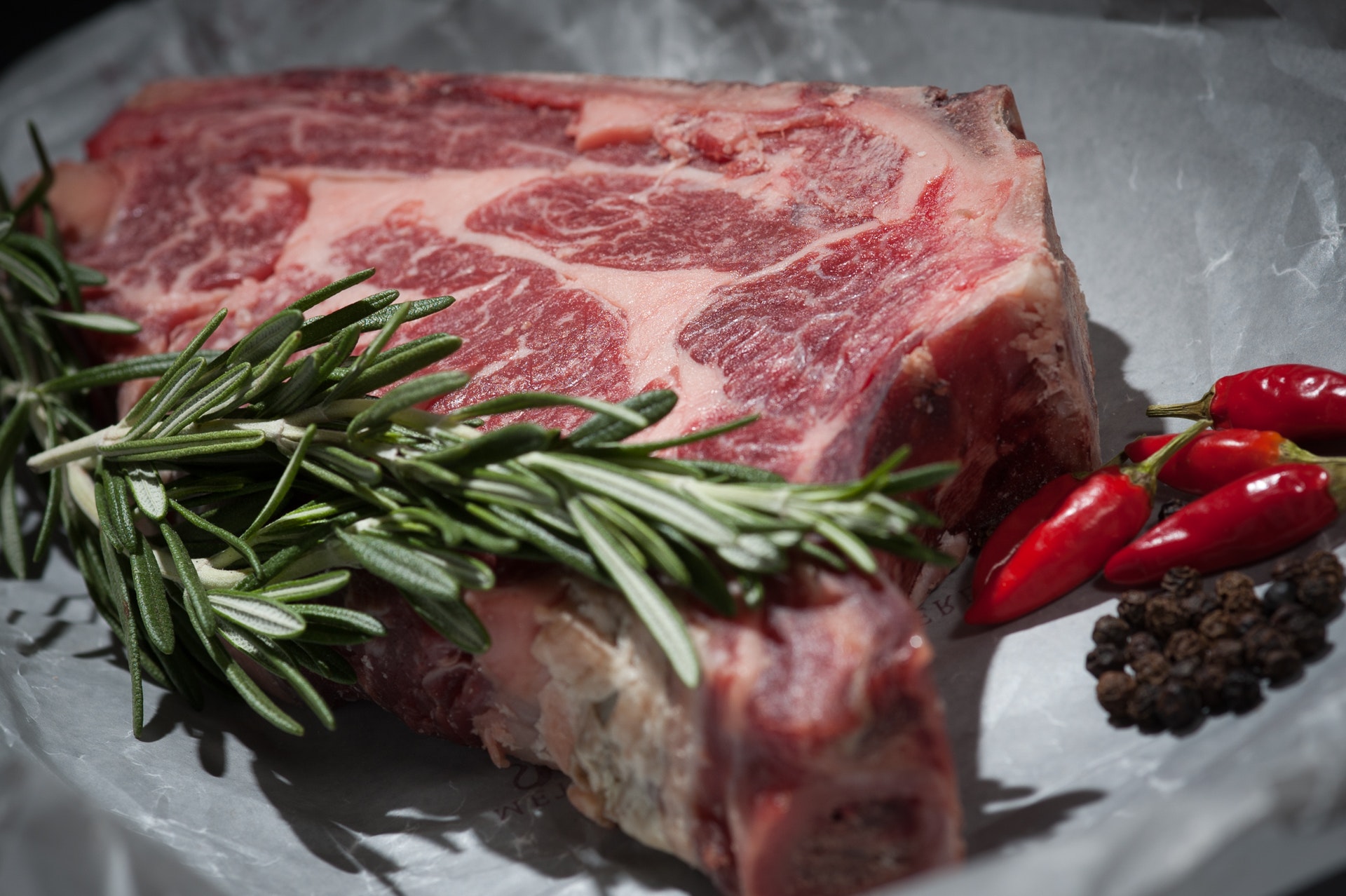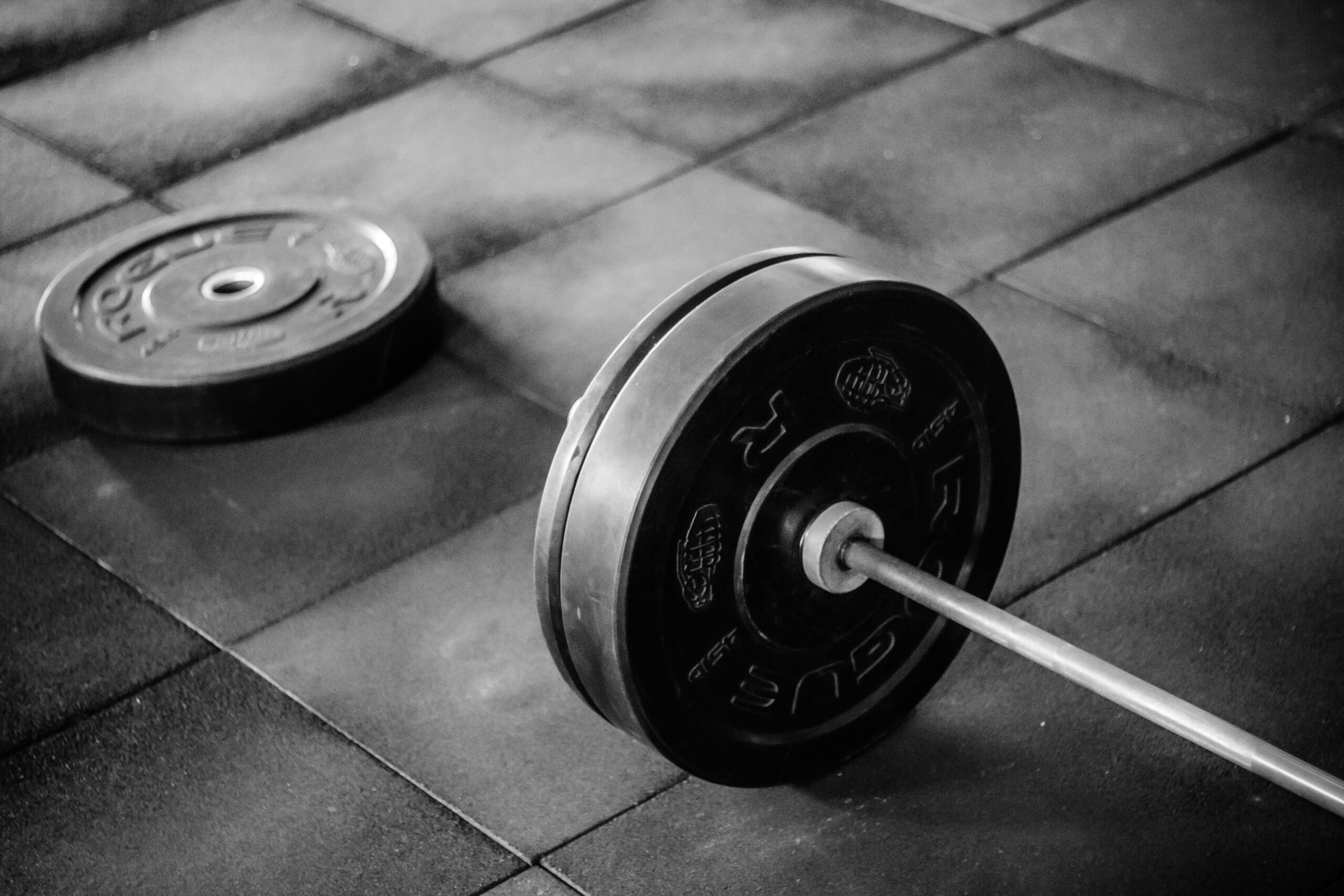Fasting? Here are some meal suggestions to follow during your feasting hours!
So, you’ve started fasting and want to maintain a healthy diet during your feasting hours. The key is not to eat without limit during that time, but to maintain attention to healthy living and longevity. After all, that’s why you’re fasting in the first place. Since what you eat is just as crucial as when you eat, we’ve put together a sample meal plan that’s full of nutrients and also a bit lower in carbs. When you start fasting, here’s what a typical day might look like.
Breakfast
Whenever you break your fast, you may be tempted to eat the first thing in sight! Make sure the first thing you see is a nice balanced meal by preparing your meal the night before and bringing it with you if you will be out. Start your day with a good source of protein, some healthy fat, and complex carbs. The ratio can be tailored to your health goals. In general, any carbs you consume may be helpful to consume earlier in the day. Doing so may allow your body to process them more effectively, so if you need to add a side of sprouted grain toast, a small baked sweet potato, or another complex carb to satisfy you after your fast, go right ahead.
While breakfast foods can certainly be eaten for any meal, if you don’t eat your first meal until around noon, you may want to skip this category and head straight to lunch.
- Scrambled eggs or egg muffins with tomatoes, garlicky greens, plus a cup of berries or an apple
- Greek yogurt with berries, walnuts, hemp seeds or flaxseed or chia seeds
- Breakfast skillet: Chicken/turkey sausage with dark greens + veggie sauté
- Shakshuka with avocado and sprouted grain bread
- Protein berry smoothie (protein powder, frozen berries, plant-based milk)
- Chia almond milk pudding with berries
Lunch
Whether lunch is your first or second meal of the day, we still want to aim for a good balance of vegetables, protein, and some fiber and nutrient-rich, perhaps small amounts of carbohydrates. Many of these lunch options include legumes, which are a great source of plant-based protein and fiber. Remember, the more fiber you consume, the less carbs overall that are digested (this is the concept behind “net” carbs).
- Cobb salad (replace bacon with seasoned, roasted chickpeas)
- Quinoa, black bean, avocado, southwest salad with tempeh strips
- White bean, chicken chili with side salad
- Tofu and soba noodle Asian salad with shredded cabbage and carrots
- Fish tacos with slaw and guac on a low-carb tortilla
- Chicken burrito bowl salad
Dinner
Whenever you eat your last meal, make sure it’s enough to tide you over for the next 13-16 hours. Adding a serving of fat, like cheese, avocado, or olive oil, helps to stabilize your blood sugar levels throughout the night and into your morning fast.
- Baked salmon or salmon burger w/ lettuce bun plus tomato, cucumber, feta, and farro salad
- Zucchini-noodle veggie/turkey lasagna
- Cauliflower pizza crust with vegetables and chicken
- Shrimp stir-fry over cauliflower rice (or try half cauliflower rice with half brown rice)
- Turkey or chicken meatballs with spinach, carrot, and celery tomato sauce
- Tuscan white bean soup with chicken or turkey sausage
Snack Options
During your feasting window, snacks are a great tool to make sure you get in enough calories. Eating 3 big meals may make you feel too full, so use your snacks to get in extra fruit, vegetables, protein, and calories.
- Seed crackers with hummus, peanut butter, or guacamole
- Wild, low-mercury tuna lettuce boats
- Mixed nuts + berries or small apple
- Miso soup
- Kale chips
- Turkey, cheese, lettuce roll ups
Beverages
It is EXTRA important to stay hydrated while practicing intermittent fasting. Here are some ideas for what to drink if you have trouble drinking enough plain water. Aim for 15.5 cups for men, and 11.5 cups for women of unsweetened, calorie-free beverages.
- Water with sliced fruit or frozen berries
- Unsweetened tea (Black, green, white, or herbal!)
- Sparkling water, plain or with fruit
How to choose your feasting window
You should choose a feasting window that fits best with your lifestyle. Choose a fasting period that is greater than 12 hours. Men can go up to 16 hours and women can go up to 14. Think about when you have breaks to eat throughout the day, your usual sleep schedule, and if you normally have a certain meal with friends or family. For example, if you wanted to fast for 14 hours, and make sure you could have dinner with your family around 6 pm, you would want to stop eating around 7 pm and fast until 9 am the next day. If you want to fast for 16 hours and you get up very early and want to have a meal at 6 am before you start work, you will need to stop eating for the day by 4 pm. This would require you to skip dinner. Since you’ll be eating during a smaller window, you may find it helpful to eat smaller meals and snacks rather than 3 large meals to avoid feeling overly full.
Although it may sound challenging now, many people report that intermittent fasting naturally helps control their appetite. Curbed cravings, plus some of the other benefits of fasting, like a clearer head and more energy, makes those 13-16 hour stretches feel easier and easier every day that you do it.



